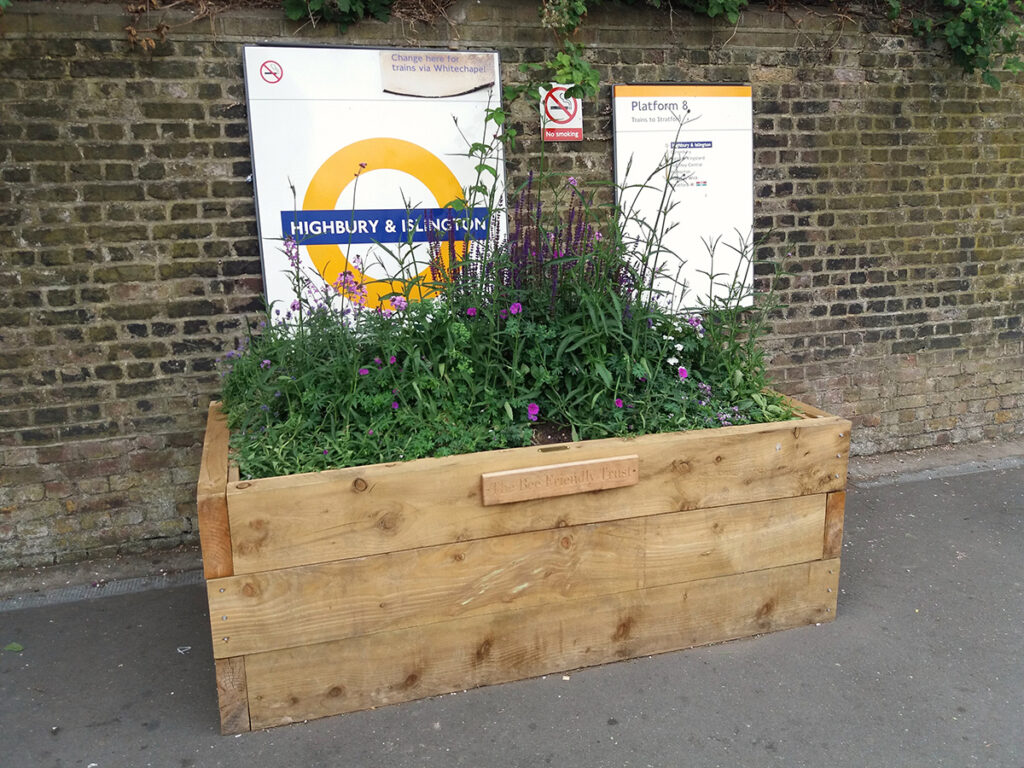Bee-Friendly Gardens
BUILDINGS & ENVIRONMENT
Introduction
The global decline in pollinator populations poses a distinct threat to a wide variety of flora important to human well-being and livelihoods. In today’s cities, urban gardens play an increasingly important role in pollinator conservation due to rich and widely available floral resources.
Description
The rapid decline of pollinators including bees and bumble bees has become a global environmental concern in recent years.
Habitat loss due to human activity including urbanization as well as intensive farming practices, pesticide use, competition with invasive pollinator species and higher temperatures associated with climate change are considered to be major causes of pollinator decline. This has sparked a world-wide movement for pollinator friendly gardens.
In todays’ cities, urban as well as private gardens play an increasingly important role in pollinator conservation due to their rich and widely available floral resources. Furthermore, urban green spaces with their associated benefits can potentially address a number of challenges prevalent in cities around the world, namely temperature regulation, air purification, noise reduction, recreation as well as health and well-being. The effectiveness of urban gardens in pollinator conservation is closely related to the design and composition of the garden. More specifically, the selection of particular plant species (flowers and trees) can account for much of the activity of insect pollinators such as bumblebees. Conservation programs in your area can provide information on how to create a “pollinator friendly” garden. These programs also often encourage the cultivation of native plant species rather than non-native ornamental flowers and invasive species.
Bees have some basic but fundamental needs. By providing for example an insect hotel, a fresh water source, a wind protected sunny spot and various flowers in your garden or balcony, you can increase the chances of attracting bees and other pollinators.

Main Features
- Choose plants that are best suited for attracting bees in your region.
- Limit the use of pesticides and insecticides.
- Provide shelter for pollinators from elements such as wind, rain, or cold weather.
- Create a habitat for the nest with an insect hotel.

Advantages and challenges
+ Growing a mixture of annuals, perennials and flowering trees and shrubs will help bees and other beneficial insects.
+ Attracting pollinators and insects can provide natural control of plant pests.
– Honeybee and wasp colonies in gardens or close to areas of human activity may cause a nuisance, and even a health hazard.
References


